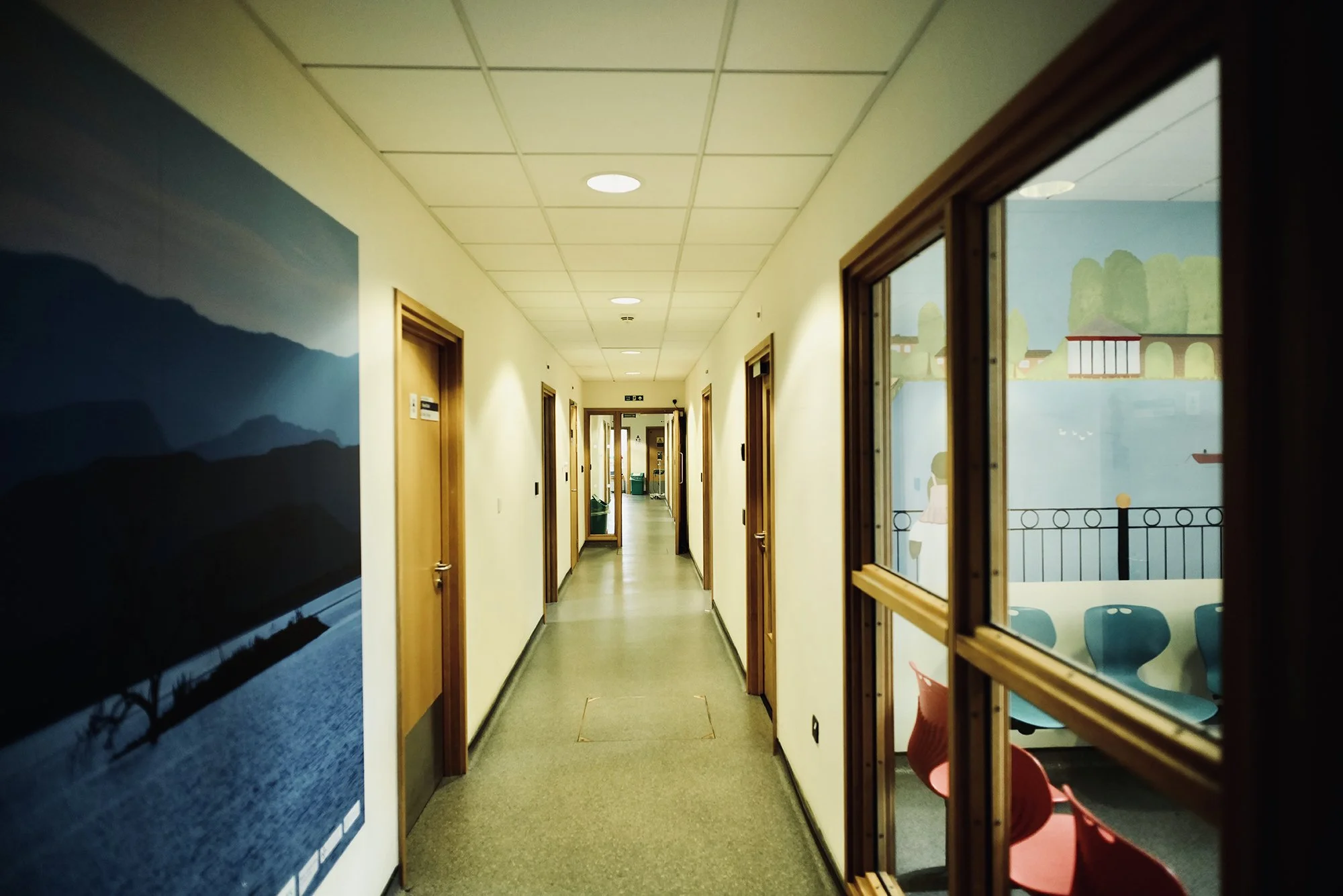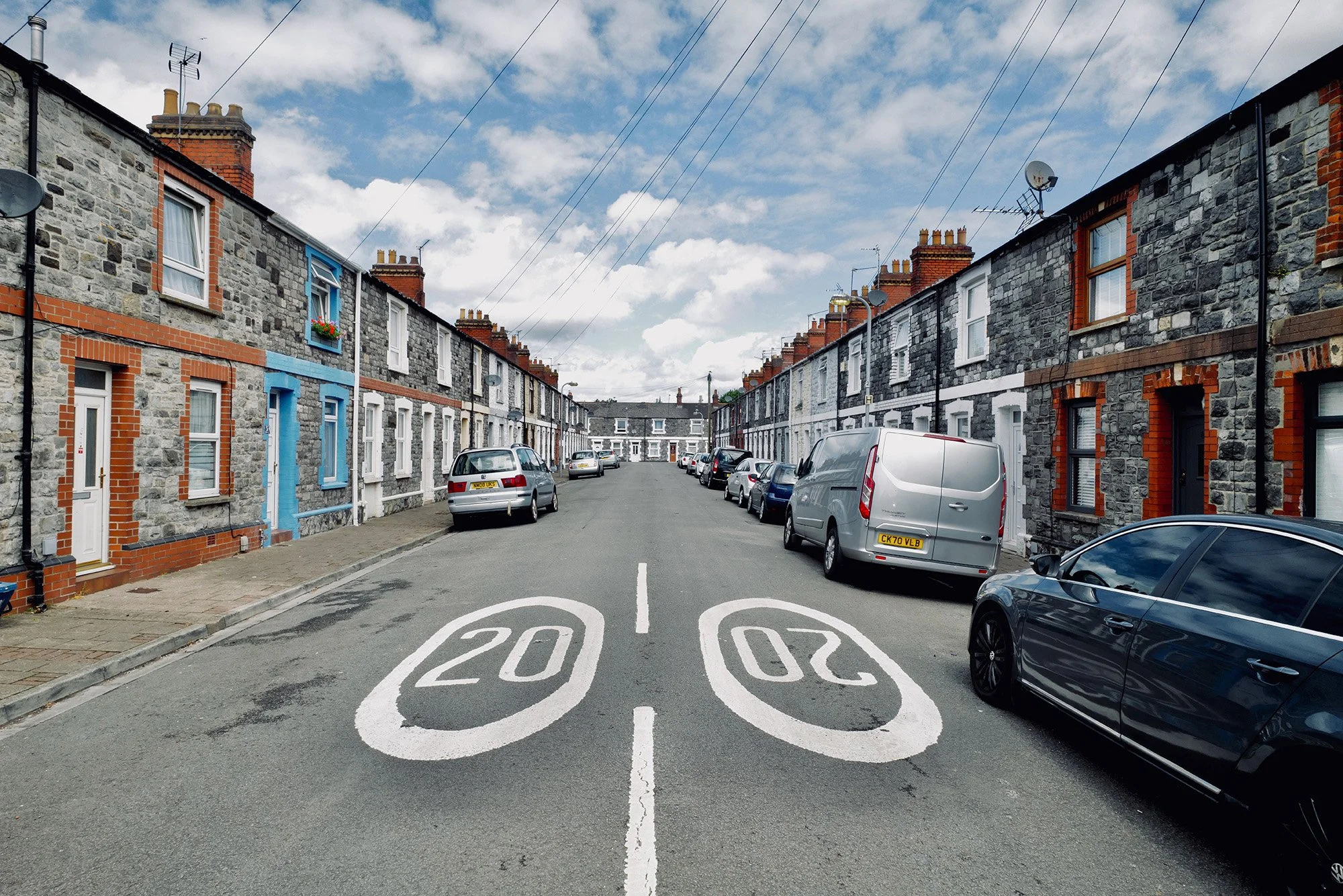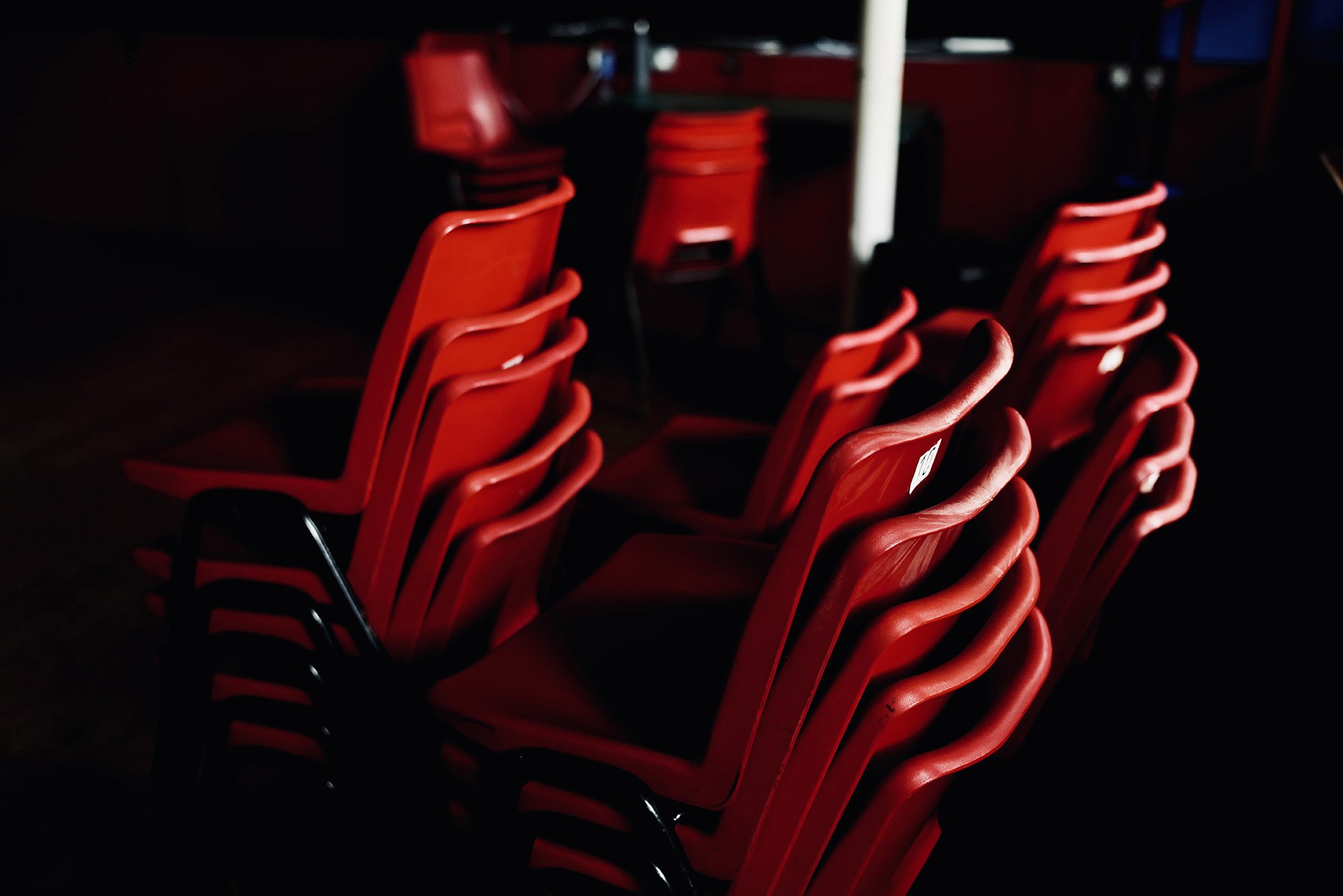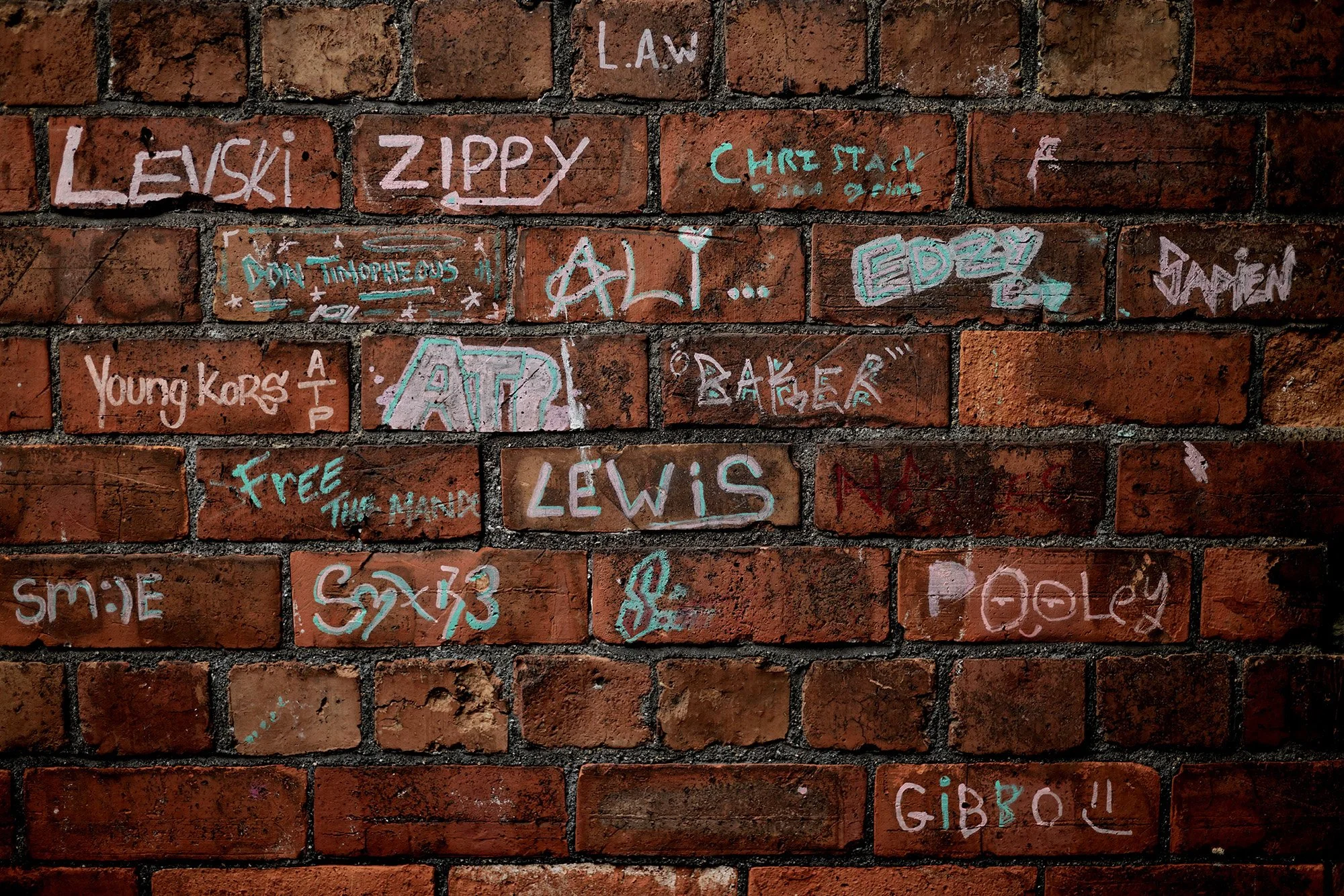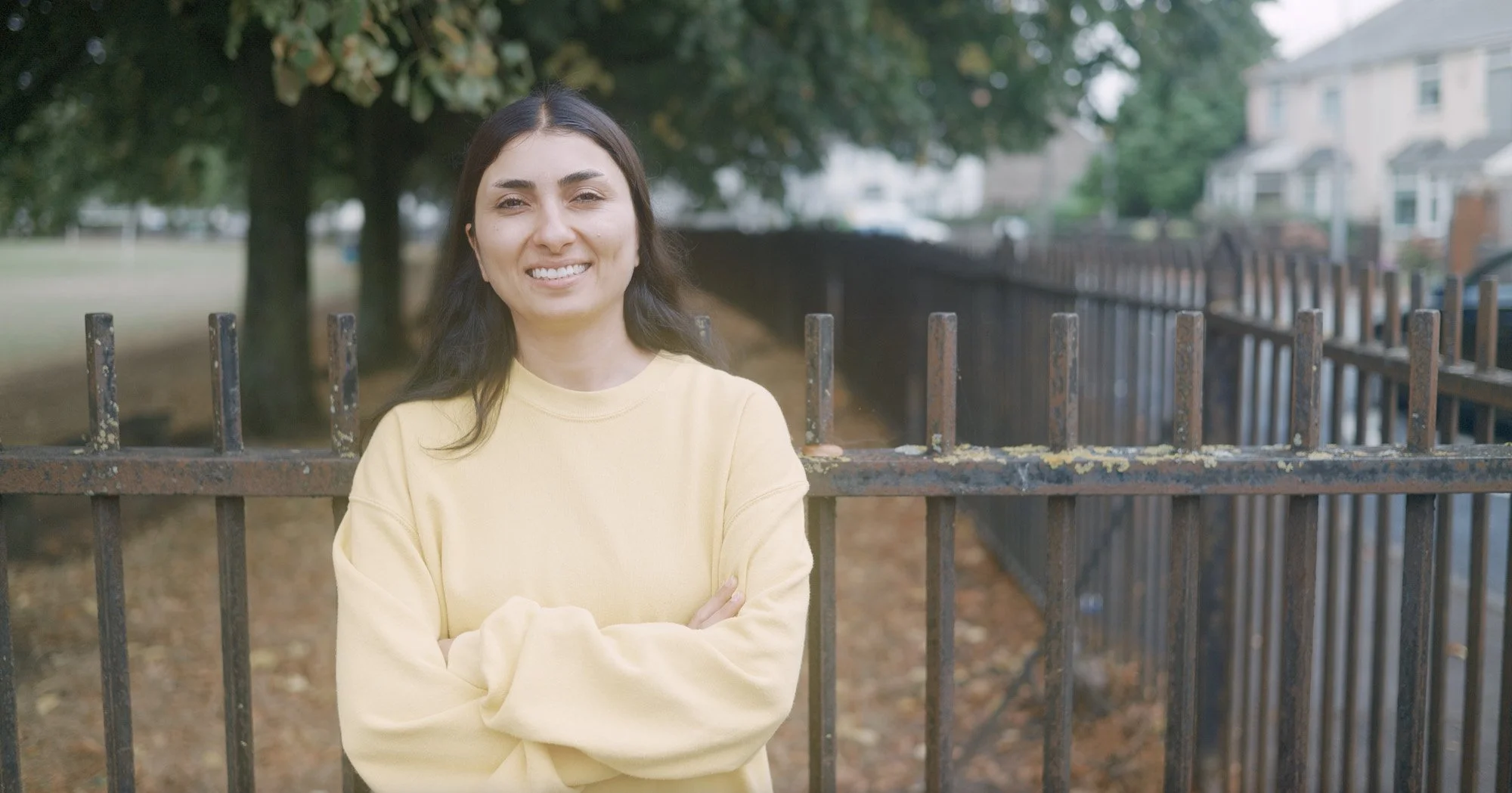An immersive sound
and film installation
by John Meirion Rea
Latin
Noun
Hospes m (genitive hospitis); third declension
1. host
2. guest, visitor
HOSPES is an immersive, site-specific installation and online portal, which places The Cardiff Royal Infirmary in its historical and social context. I have spent the past eleven months reaching out into the surrounding streets, recording conversations, abstract soundscapes, and capturing images in an attempt to define, or at least search for a sense of what Urban Welshness might be in 2022.
Much of my creative work is inspired by the voices of the people of Wales; my fascination has been on the melodic nature, and the textures of language and dialect and how this helps us learn something about our shared history, and the collective present. What do the voices featured in HOSPES say about identity and belonging in our Capital City today?
This methodology was first used in the creation of what might be considered a companion piece: PARADE, which was a Maindee Library commission, centred in Maindee, Newport: www.parade.maindee.org
Like Maindee, the History of Tredegarville, Splott, and Adamsdown can be traced in its architecture: specifically in the change of its usage and function, whether falling into disuse, or being demolished completely and replaced with the new. But if we look more closely at this transformation, a picture emerges of change in the population, and the communities that live, and have lived here. This is particularly true of the Infirmary, and its previous incarnations as a Dispensary in this part of the City. Together, they represent a two-hundred-year history, and the origins of Cardiff as a City, forged in the Industrial Revolution and beginning with a meeting, chaired by the 2nd Marquess of Bute in Cardiff Town Hall, in 1822. So, this fascinating contrast of permanence and transience, both in the ‘hard ambience’ of the buildings themselves and their transformation in usage, also the ever evolving ‘soft ambiences’ of diasporic languages, dialects and soundworlds.
Is the ‘host’ definition therefore Cardiff itself, and all of us merely ‘guests’ passing through? After all, Cardiff’s uniqueness is rooted in a long history of diversity. Does the Infirmary represent the history of care in our City, is it a metaphor for those who embrace the wellbeing of our urban Cymry?
The online digital iteration of HOSPES is an opportunity to meet the individuals who live in these communities, including those who offer support and assistance, also those who are rooted in this sense of place, or more recently arrived. The ‘sonic cartographic’ elements of the work are combined with abstract imagery and film, inspired in part by documentary, and the ‘City Symphony’ film tradition of the 1920’s, updated to convey a sense of our City a hundred years later, in the 2020’s.
I see this collection of ‘sonic portraits’ as a ‘digital monument’ dedicated to a community, as opposed to the celebration of an individual, with all of the complex baggage that this brings. As the Italian photographer Guido Guidi says: “The Centre of the City is where the old monuments are, but not, for the most part, people’s lives…”
HOSPES was created as a collaboration with the Arts for Health and Wellbeing Programme at Cardiff & Vale Health Charity and is part of the Cardiff Royal Infirmary: People, Place, Future project, funded by the Arts Council of Wales through the Arts, Health and Wellbeing Lottery fund.
